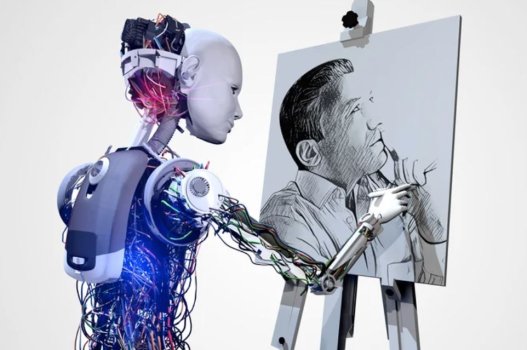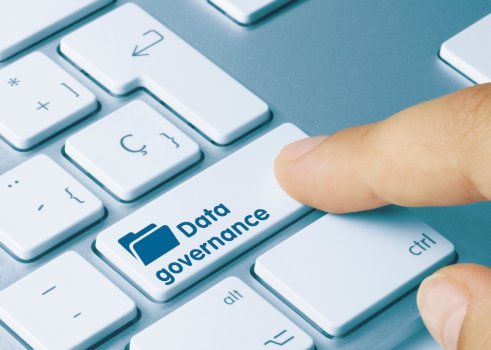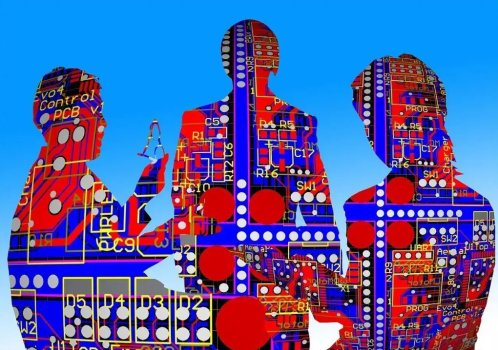How agencies are using AI to innovate for clients and work faster
- Technology Solutions
- 0 Replies
Agencies are getting savvier at using artificial intelligence as data comes into greater focus as marketing and information technology are becoming more entwined.
Some studies back this up. For example, 81 percent of marketing and IT leaders surveyed by data platform Lytics said their two departments will become more involved in marketing over the next five years, while 66% of marketers plan to integrate AI into their marketing stack.
Experts say the use of AI is increasing as ad targeting with first-party data has become even in more demand. AI can help automate some of those processes, from creative to segmentation and potentially help agencies optimize their ad spend by cutting down on tedious tasks.
“I believe the true power of these technologies and tools are not to replace creatives, but rather make us more efficient,” said Ben Williams, TBWA Worldwide global chief creative experience officer. “There will always be a need for and value in creative direction, human curation, human refinement of an idea and decision making in terms of what is right for the brand we’re working with.”
But organizations are still experimenting with AI as the space grows, using it in a range of ways from moderating content and brand safety to implementing it in their communications strategy and creative products.
Generating content and creativity
One of the key ways agencies are testing AI is in the creative process, using data points to drive content. With these insights, AI generators are able to create relevant content in minutes or even seconds. But this doesn’t replace the work of content creators, acknowledged Nadia Gonzalez, CMO of AI marketing firm Scibids.
“It instead gives [creative teams] a rich tool to use, ensuring more diverse content is seen at just the right time and place,” Gonzalez said. “With companies of all sizes using data science and AI-driven analytics, we’ll also see greater dynamism in things like pricing, personalization and recommendations.”
At creative consultancy Codelab303, founder Anthony Chavez said understanding their clients’ desires is the first step in knowing how to use AI for the organization. Besides using automation for time-intensive tasks, they are utilizing AI tools for producing writing, music and other visuals. The firm has worked with brands such as Ulta Beauty and Carvana.
“There are activities that machines can do much better than humans,” Chavez said. “Whether the objective is providing real-time pricing, streamlining sales bookings or automating content marketing, there is likely an AI candidate within every organization, and the question is more about revealing the role than the resource.”
Continue reading: https://digiday.com/marketing/how-agencies-are-using-ai-to-innovate-for-clients-and-work-faster/
Some studies back this up. For example, 81 percent of marketing and IT leaders surveyed by data platform Lytics said their two departments will become more involved in marketing over the next five years, while 66% of marketers plan to integrate AI into their marketing stack.
Experts say the use of AI is increasing as ad targeting with first-party data has become even in more demand. AI can help automate some of those processes, from creative to segmentation and potentially help agencies optimize their ad spend by cutting down on tedious tasks.
“I believe the true power of these technologies and tools are not to replace creatives, but rather make us more efficient,” said Ben Williams, TBWA Worldwide global chief creative experience officer. “There will always be a need for and value in creative direction, human curation, human refinement of an idea and decision making in terms of what is right for the brand we’re working with.”
But organizations are still experimenting with AI as the space grows, using it in a range of ways from moderating content and brand safety to implementing it in their communications strategy and creative products.
Generating content and creativity
One of the key ways agencies are testing AI is in the creative process, using data points to drive content. With these insights, AI generators are able to create relevant content in minutes or even seconds. But this doesn’t replace the work of content creators, acknowledged Nadia Gonzalez, CMO of AI marketing firm Scibids.
“It instead gives [creative teams] a rich tool to use, ensuring more diverse content is seen at just the right time and place,” Gonzalez said. “With companies of all sizes using data science and AI-driven analytics, we’ll also see greater dynamism in things like pricing, personalization and recommendations.”
At creative consultancy Codelab303, founder Anthony Chavez said understanding their clients’ desires is the first step in knowing how to use AI for the organization. Besides using automation for time-intensive tasks, they are utilizing AI tools for producing writing, music and other visuals. The firm has worked with brands such as Ulta Beauty and Carvana.
“There are activities that machines can do much better than humans,” Chavez said. “Whether the objective is providing real-time pricing, streamlining sales bookings or automating content marketing, there is likely an AI candidate within every organization, and the question is more about revealing the role than the resource.”
Continue reading: https://digiday.com/marketing/how-agencies-are-using-ai-to-innovate-for-clients-and-work-faster/

























